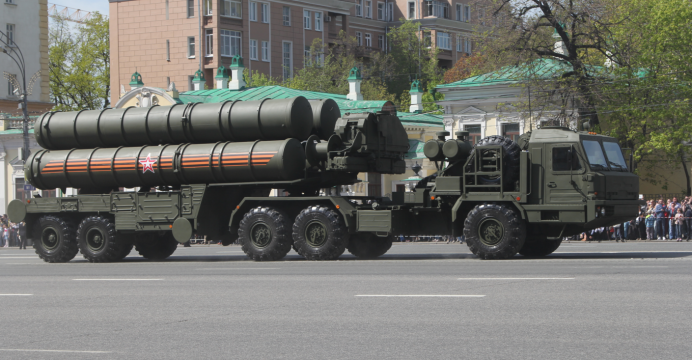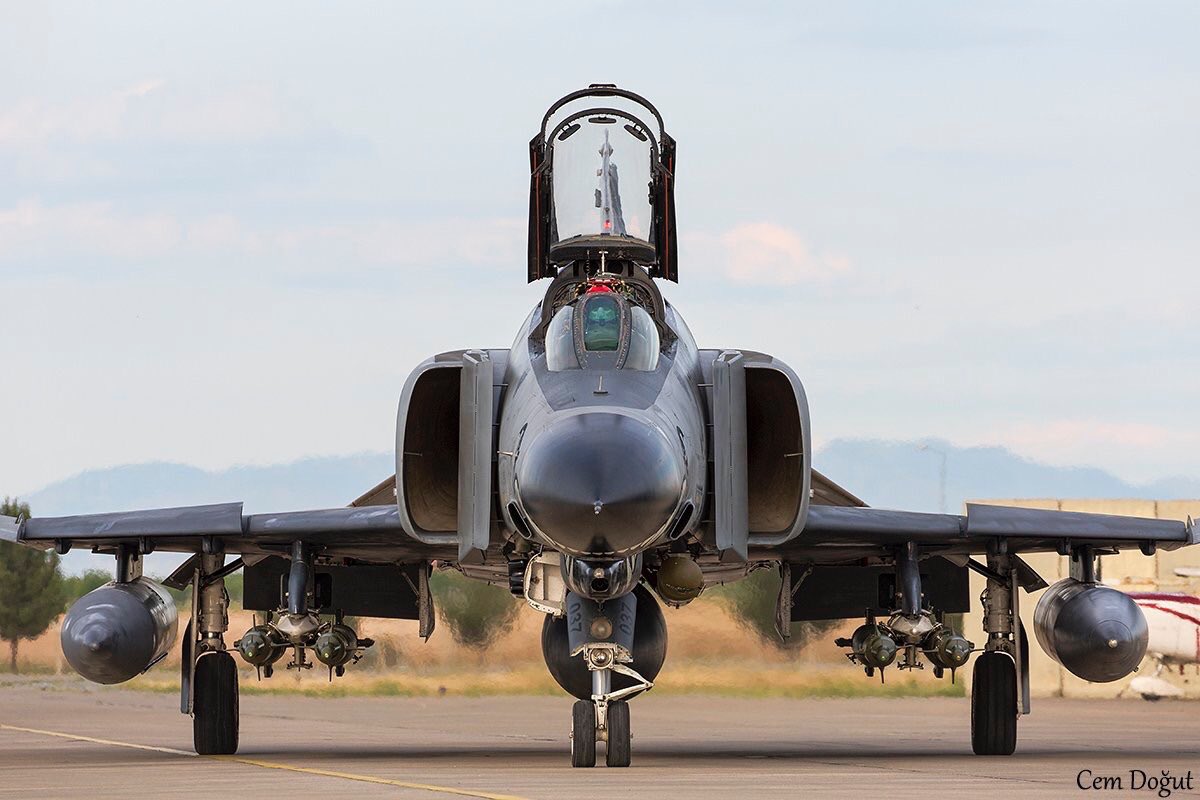Turkey to buy up to 24 armed trainer aircraft
By:
May 19, 2017 (Photo Credit: Yasin Akgul/AFP via Getty Images)
ANKARA, Turkey — The Turkish government has signed a contract with the country’s aerospace powerhouse for the design, development and serial production of an indigenous armed trainer aircraft.
Under the plan, Tusas Turkish Aerospace Industries will develop and manufacture 12 Hurkus-C armed trainers with a follow-on option to deliver 12 more.
According to the contract signed between TAI and the country’s procurement office, the Undersecretariat for Defence Industries, or SSM in its Turkish acronym, the program for the armed trainers will maximize its use of locally developed software and hardware, including in the design and integration stages.
In April, Turkish officials successfully tested the Hurkus-C equipped with L-UMTAS, a laser-guided, long-range, anti-tank missile. L-UMTAS was developed by the state-controlled missile-maker Roketsan primarily to operate from attack helicopters. In 2016 the system was qualified and integrated into the T-129, a Turkish attack helicopter built under license from AgustaWestland.
The aircraft also features other locally developed ammunition including CIRIT, TEBER, HGK and LGK. In addition, it can use inertial navigation system/GPS-guided bombs, conventional bombs, non-guided rockets and machine guns.
The contract signed between TAI and SSM calls for the armed trainer program to maximize its use of locally developed software and hardware, including in the design and integration stages.
Photo Credit: Turkish Aerospace Industries
The armed Hurkus features armored body parts, a self-protection system, data link, laser tacking, an electro-optical and infrared pod, an external fuel tank, and advanced avionics, according to TAI. With its 1,500-kilogram payload that can be utilized through seven external hard points, the Hurkus-C will perform light-attack and armed reconnaissance missions.
The Hurkus-C close-air support and lightweight attack helicopter is an armed version of the turboprop-powered basic trainer Hurkus. Last July, TAI was awarded European Aviation Safety Agency certification for the Hurkus-A, the civilian variant. The company hopes to deliver the armed Hurkus to the Turkish Armed Forces in 2018.
TAI expects the armed Hurkus to be widely used in Turkey’s increasing counterinsurgency fight against pro-Kurdish and Islamic militants both inside Turkey and across its Syrian and Iraqi borders.
TAI’s engineers began to design the Hurkus in 2004. For the Hurkus program, TAI signed two contracts with SSM: one for prototype development and the other for serial production. Under a June 2014 serial production contract, TAI will deliver 15 aircraft with a follow-on option for 40 more.
The Hurkus platform features a single Pratt & Whitney Canada PT6A-68 turboprop engine that comes with a power rating of 1,600 shaft horsepower and a maximum speed of 574 kph. TAI’s sister company, Tusas Engine Industries, which specializes in engines, is locally developing a turboshaft engine to replace the Pratt & Whitney Canada engine.




